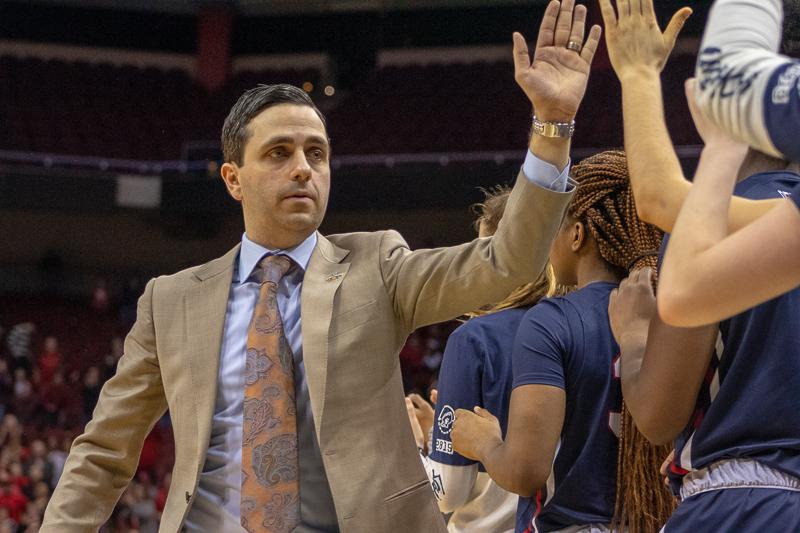When a highly debated controversy is defined, very rarely are books and classic literature connected in most people’s mind. However, due to the changes brought on by advancing technology, a specific topic is quickly becoming a hot issue: the choice of using an e-Reader or sticking to the classic print version.
From Kindles to Kobos and Androids to iPads, the demand for a digital reading experience is certainly spreading. According to a study completed by The Harris Poll, when 2,183 adults were surveyed online between July 11 and 18, 2011, one in six Americans uses an e-Reader and for those without an e-Reader, one in six plan on buying one in the next six months. The amount of e-Reader users has also increased by 7 percent in only one year. So what do these numbers prove? They prove a fact that most likely we are already accustoming to as a society. Technology is making a massive impact on even the seemingly basic function of reading.
Perhaps one of the most overused arguments for e-Readers is the amount of paper these devices save. However commonplace, this statement is largely accurate. It also allows for a less expensive distribution of knowledge. This benefit can directly target college students and in turn, how we choose to learn. College textbooks are now offered as eBooks, and this creates not only a more affordable way of acquiring vital information but also a high level of mobility. Hundreds of books for the weight of one are revolutionary when giant college textbooks are being used.
Many critics of the e-Reader feel as though with the new increase of digital literature, an almost plummeting collapse of books comes. On the contrary, the popularity of e-Readers has actually produced a positive trend in reading. The results of The Harris Poll show that while 16 percent of Americans read 11-20 books per year, 32 percent of e-Reader users read 11-20 books a year. Not to mention, e-Reader consumers buy more books than print readers. According to the same survey, 32 percent of Americans have not bought any books in a single year whereas only 6 percent of e-Reader users said the same. This should be an encouraging piece of news considering the plunging literacy rate of recent years.
Yet there are many opponents criticizing e-Readers and their effects. Topping the list of complaints is the overly cliché claim of the lack of connection felt to an e-Reader. Printed works just have that comfortable feel to them, and the charm of the pages simply is too strong to make the switch. Personally, I find this to be a very weak argument considering both mediums of literature are forms of material. Whichever one is chosen to have had a “real connection” with still proves the existence of unhealthy materialism.
Why is there so much tension between e-books and printed books? The same type of literature is being read. The medium is simply being updated. Sadly, it is as though a type of segregation is occurring: E-Reader users vs. traditional print readers and even “more modern” techies vs. old school patrons of literature. The strain is overwhelming.
I wish I could bake a cake filled with rainbows and smiles and everyone would eat it and be happy.
E-books and printed books should be able to be enjoyed together harmoniously and appreciated for both of their strengths. As a proud Kindle owner, I strive to demonstrate that statement. I still absolutely love reading hard copies of books; I even have multiple paperback novels sitting on my bookshelf right next to my Kindle. It is extremely possible to enjoy both.
I feel as though this argument can be emphasized with an analogy. Performances in live theaters are great; the atmosphere is one-of-a-kind and it truly is an experience everyone should have. At the same time, movies, while they are not live, are also an irreplaceable experience. We are able to enjoy both. Reading a book should be looked at the same way. Whether the piece of art is enjoyed in a physical copy or is displayed on the screen of an e-Reader, individuals should delight in each.








